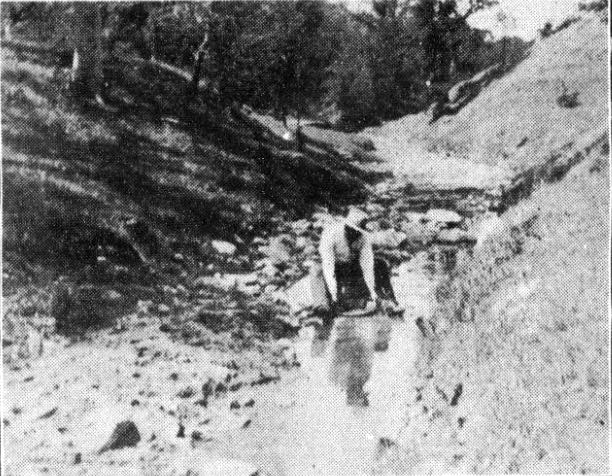
The lure of gold used to be a strong one, especially during a time when there weren’t many jobs available and most people could not afford to send their children to any of the new colleges. To say that the gold craze is dead, would be a total lie. Many of us feel the calling of the gold flakes. Even I have gone out, panning for gold and recently found a crystal site in an area where I am sure there will be a vein of gold. We all have our moments and our little secrets. Would we die for them, though? Willingly put ourselves in a life or death situation for the prospect of hitting the motherlode?

Settlers Will Gamble With Death For Sake Of Gold On Site Of Town Once Destroyed
Spokane, Wash., Dec. 13 — After having lain deserted for nearly two years, a haunt of the wild things of the woods, the little mining camp of Mace, Idaho, is again to be populated.
Mace lies in a pocket in the hills. During the winter of 1909 the snow piled up in the gullies and ravines above Mace, held in check by the frost and trees. One night a warm wind blew and the straining masses of snow on the hillside were released from the bondage of the frost.
In the morning Mace was little more than a name. What had been a bustling camp was buried and crushed beneath tons and tons of damp snow. Many lifeless bodies were taken from the twisted and broken trees and cabins under the mass of snow, and those who had been spared left the place when their gruesome task of recovering the bodies had been completed.
Mace was as deserted as the day a prospector first turned up a yellow gleam on the site of the town.
New the people are moving back into the town and the few cabins, left untouched by the slide, are the shelter of a score of hardy men and women, who are willing to shake dice with death every spring.
The 1909 disaster may be repeated — but there is much gold to be wrested from the ground at Mace, so the people are going back to gamble with death once more.
Source: (1911, December 13). Settlers will gamble with death for sake of gold on site of town once destroyed. The Day Book, p. 24.

